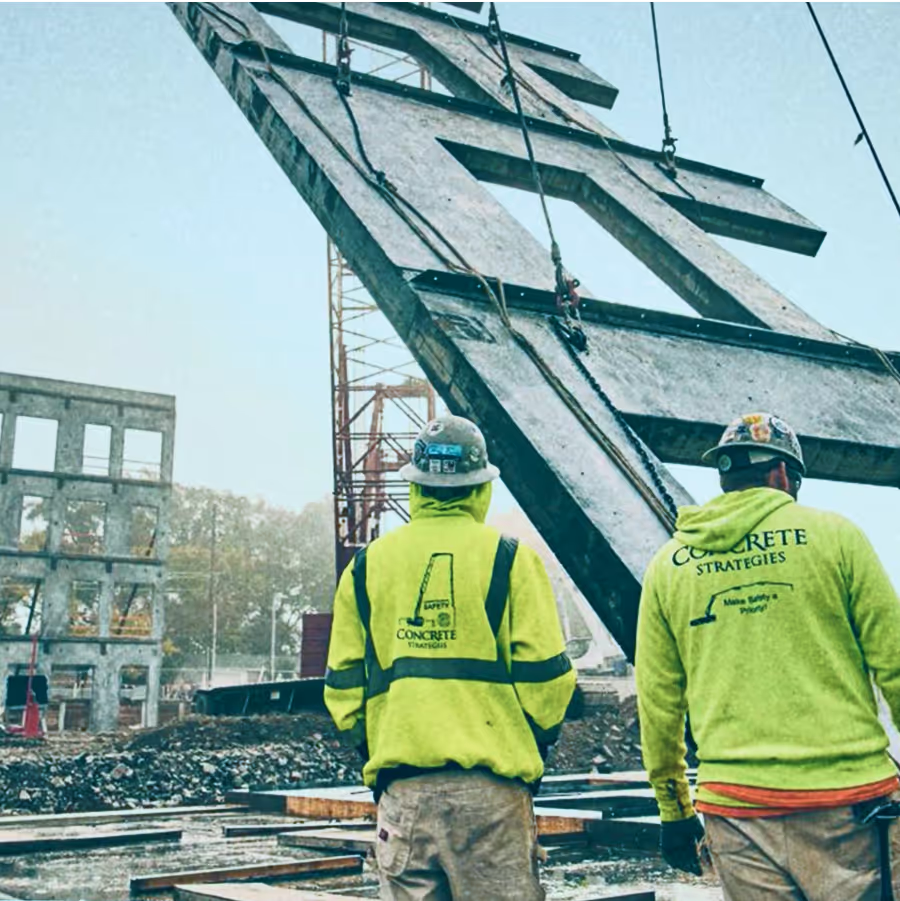What Stands the Test
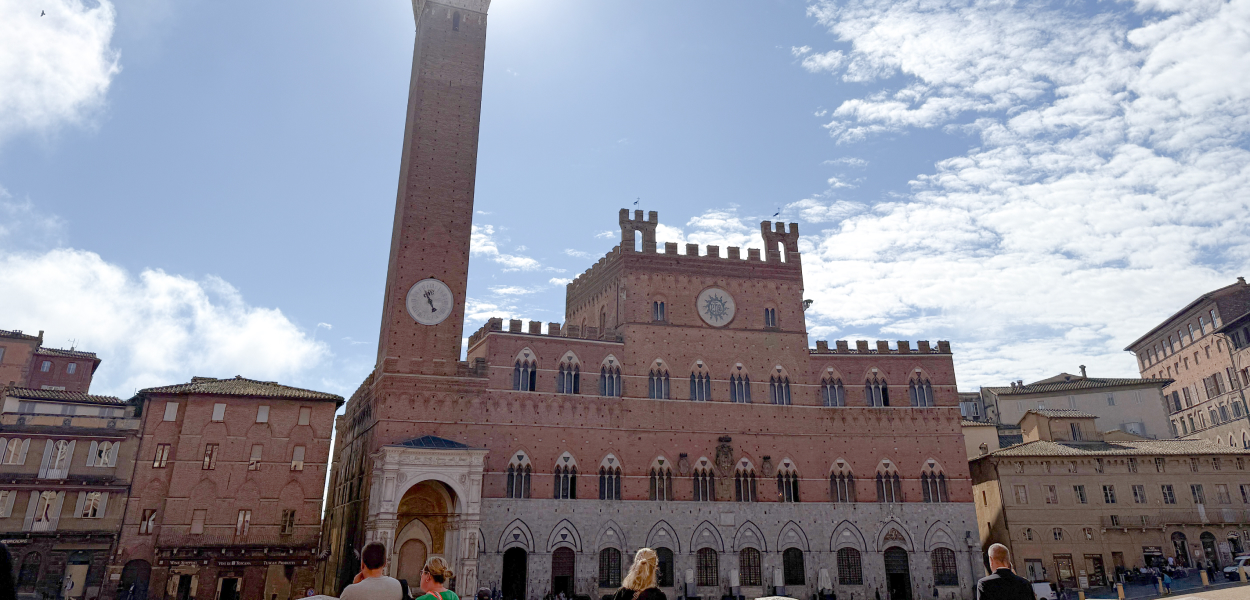
I just returned from a trip that moved through both geography and history. From the medieval streets of Siena to the timber-framed edges of modern Osaka, I found myself thinking about what holds up over time, and why.
In Piazza del Campo, you stand in a space that has worked for over 700 years. It’s not just a square. It’s a civic system. Nine brick lines radiate from the center, each one honoring the ruling council of nine. It was designed for public gatherings, accountability, and visibility. Even the buildings were required to follow uniform proportions and materials to keep the whole cohesive.
That’s what happens when design serves purpose. It holds together, even across centuries.
In Osaka, I stood beside a 100-ton stone that was cut, hauled, and placed in the 1580s. It's one of many that make up the walls of Osaka Castle, a fortress built under Toyotomi Hideyoshi, who understood that architecture was both physical defense and political signal.
That stone didn’t move itself. It got there with ropes, levers, wooden rollers, and weeks of coordinated labor. Workers moved it without modern machinery. They set it with precision, trusting geometry and teamwork. And it hasn’t shifted since.
One block, perfectly aligned. Thousands more just like it. And not one name recorded.
That’s real legacy. When the work speaks louder than the person.
In Florence, I revisited the Duomo, still one of the boldest architectural feats ever attempted. Filippo Brunelleschi solved problems no one had solved before. He engineered a dome with no internal support, designed hoisting machines, and organized labor and logistics at a massive scale. It took more than a century to complete the cathedral. Most who worked on it knew they wouldn’t see the final result.
They built anyway.
Today, the dome still stands without reinforcement. It’s not a relic. It’s a working part of the city. A reminder that long-term thinking isn't just good design. It’s responsible building.
And then back to the present. Yumeshimahigashi is a new district in Osaka where mass timber is the primary structure. Giant exposed beams. No dropped ceilings. No drywall to hide mistakes. The details are visible, and they hold up.
This is the future many of us are leaning into now. Using renewable materials. Designing for both performance and permanence. And doing it with the same care that shaped the buildings I saw in Italy and old Japan.
It’s a different set of tools, but the same question. Will this stand the test?
In this industry, good work doesn’t always get noticed. Most of the great builders I know aren’t looking for recognition. They just want to do it right.
So here’s to the tradespeople who double-check the line.
To the architects who plan for decades, not just deadlines.
To the teams who fix things before anyone knows there was a problem.
You're part of the same tradition as the people who placed that stone 400 years ago.
And in a world that often rewards speed over care, that kind of discipline matters. There are always ways to do less, to move faster, to call it good enough. But the work that lasts comes from people who still care about how things fit, how they feel, and how long they'll stand.
You may not sign your name in stone. But if the work holds, that’s enough.
That’s what stands the test.


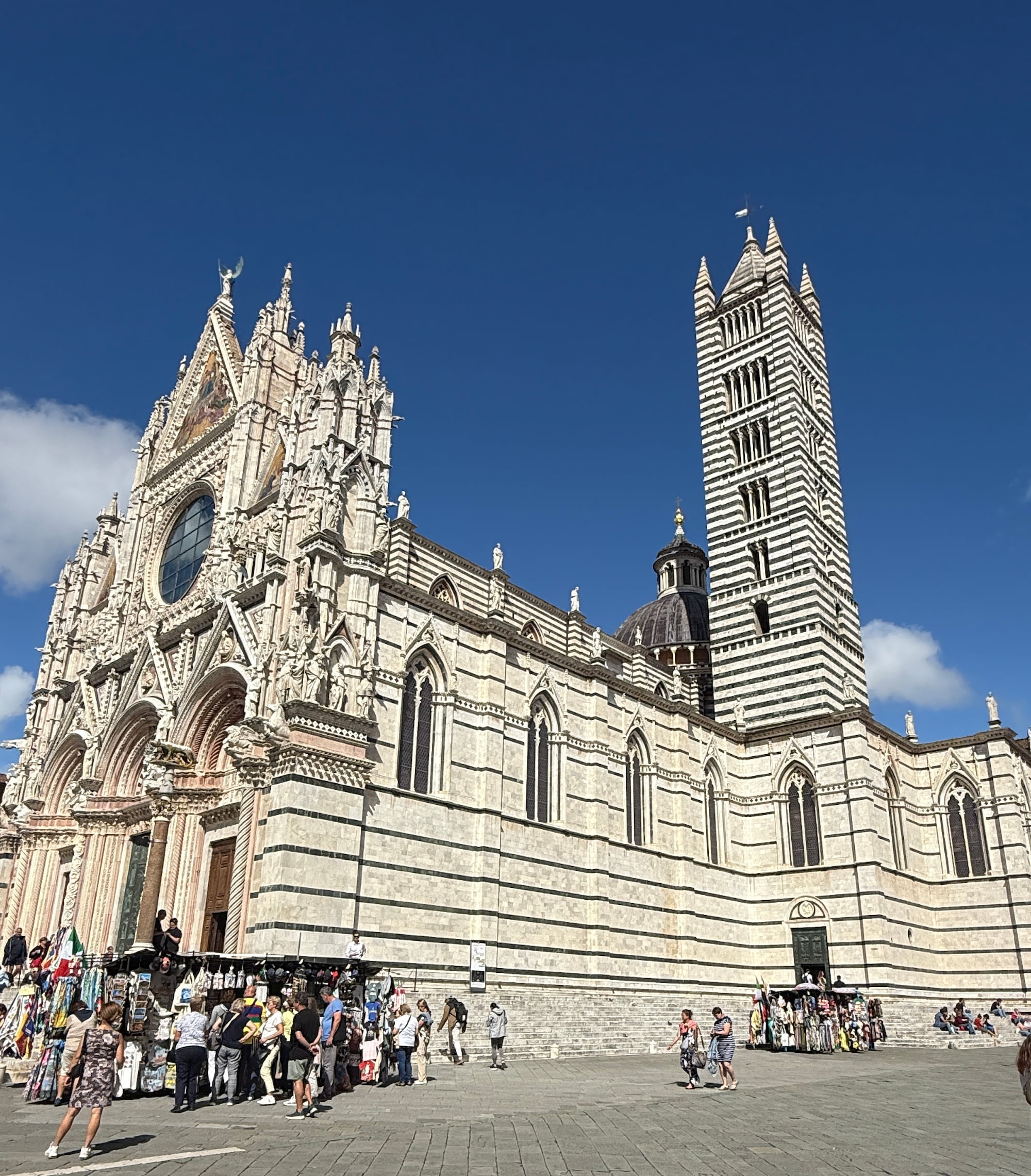


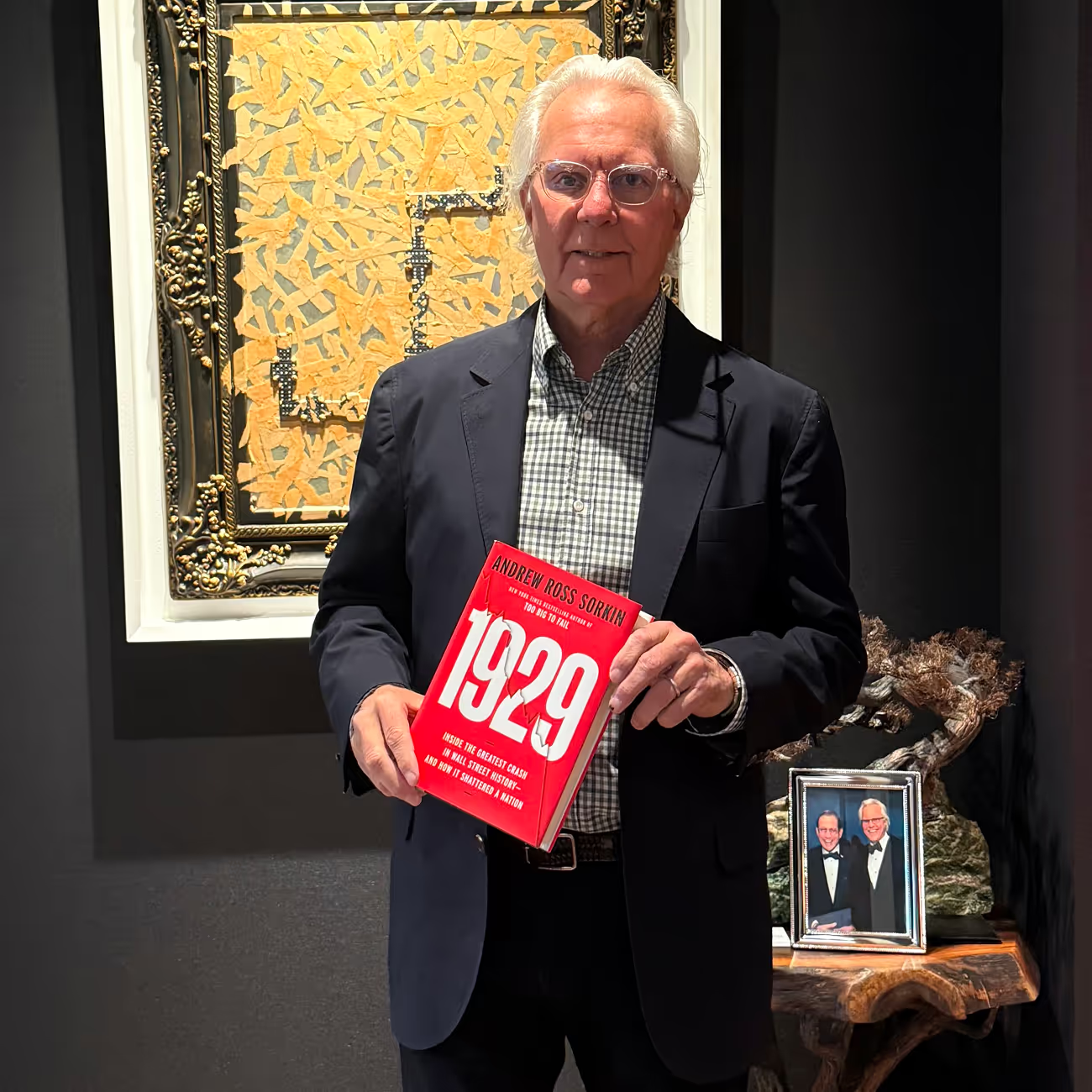
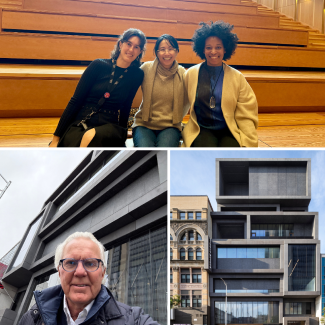
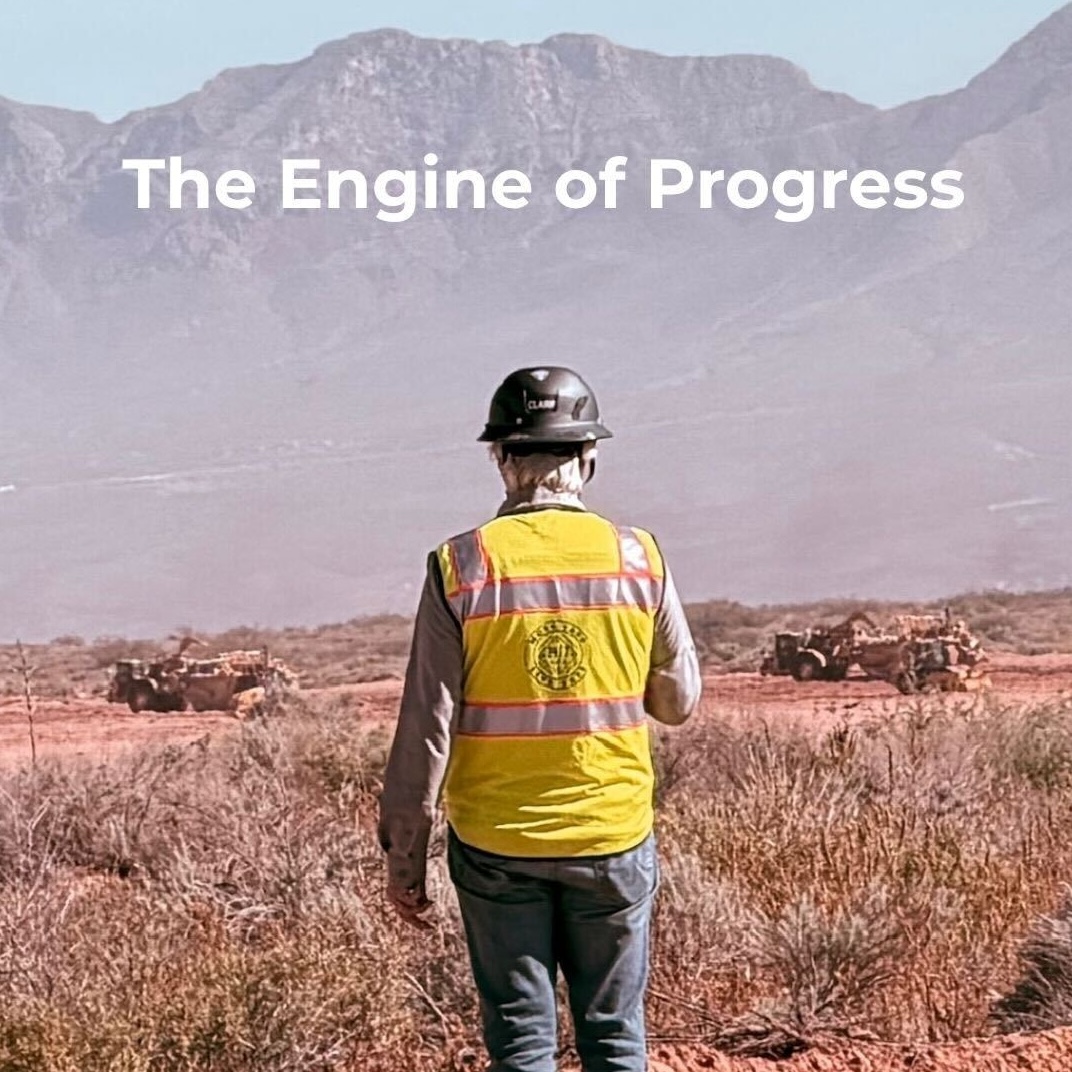


.avif)

